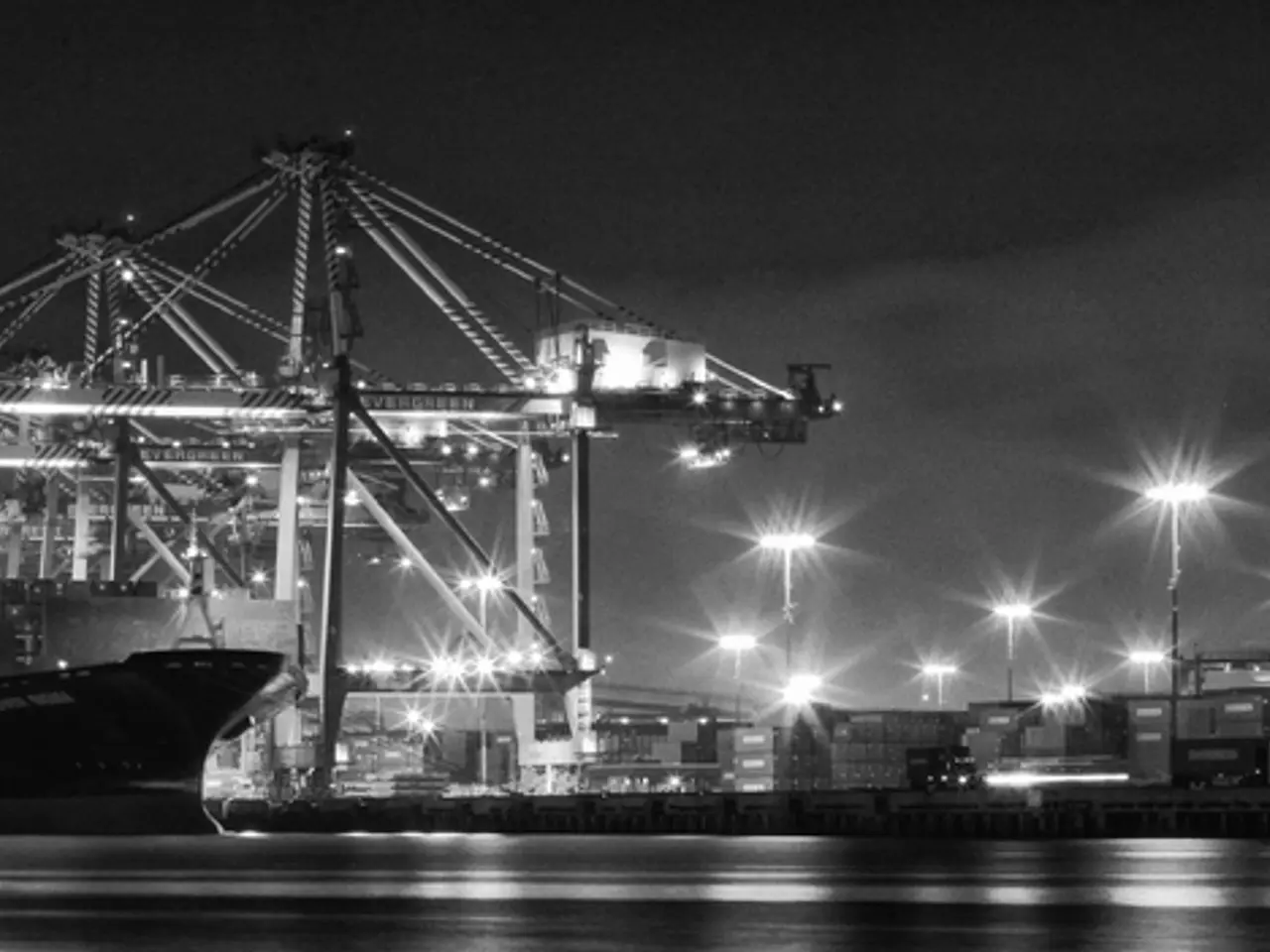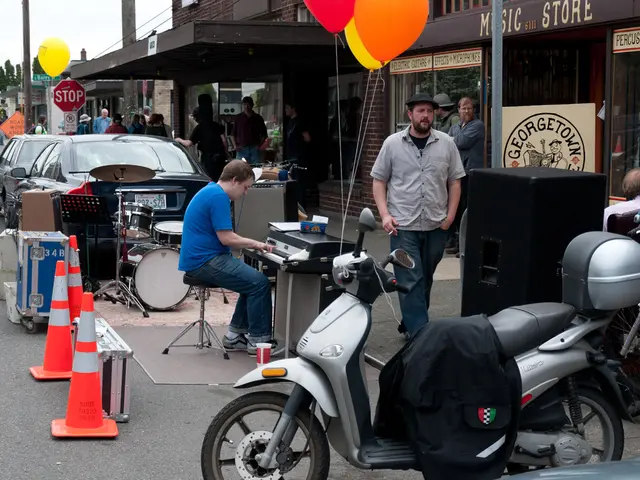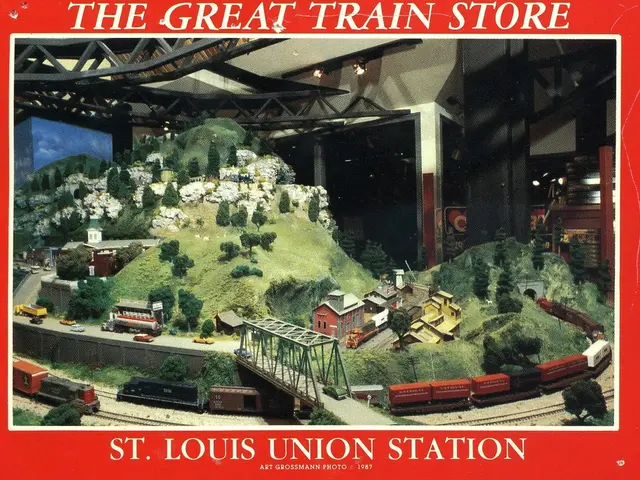Construction Industry Evolution: Embracing Steel
In the post-Grenfell era, the focus on building safety has shifted, with architects and engineers now required to design with fire strategy in mind, not just compliance. This forward-thinking approach will be the central theme of an upcoming event hosted by the British Constructional Steelwork Association (BCSA) on November 13, 2025, at the Mermaid in London.
Entitled "The Future of Steel Construction," the event promises to be a day filled with insightful lectures, panel discussions, and case studies about best practices in specifying structural steelwork, emerging trends, and upcoming changes in design codes and standards.
The event will showcase innovative products that can streamline the design, manufacture, and erection of structural frames. Attendees can look forward to gaining real-life examples of the application of steel in design and construction.
One of the key topics to be discussed is the major changes expected in the second generation of Eurocodes for structural steelwork. These changes focus on technical improvements that will impact design practice for buildings and bridges, including updated rules for specification, new approaches to sustainability, and enhancements in performance-based design.
The changes are being developed and led by experts involved in the CEN committees responsible for Eurocodes. Key areas of change include the adoption of new design principles and methodologies, improved guidance for carbon-saving construction techniques, advances in performance-based seismic design optimization, enhanced stability and frame design considerations, and integration with Building Information Modelling (BIM) and digital tools.
While detailed technical specifications of these changes are still evolving, the transition aims to better align steelwork design with current construction challenges, environmental targets, and structural performance goals. The planned events and presentations in 2025 by construction and standards organizations will provide further practical guidance on applying the second generation Eurocodes.
The event is aimed at architects, engineers, and designers. Attendees can also learn from case studies like the Giltspur Street project, which showcases the cut and carve practice, involving jacking-up floors, reusing steelwork, and avoiding a listed monument.
Another interesting case study is the design and construction of a building with reclaimed steel for reuse, like the 30 Duke Street project, where 78% of the structural steel frame came from a donor building.
For more information about the BCSA, contact Trish Lengyel at [email protected], 07955282341, or visit www.bcsa.org.uk. The event will take place at British Constructional Steelwork Association, 4 Whitehall Court, Westminster, London SW1A 2ES.
The Future of Steel Construction promises to be an enlightening event, offering valuable insights into the future of steel construction and its role in meeting the challenges of sustainability and safety in the construction industry. The event will conclude with reception drinks for networking and discussion.
In the realm of education and self-development, attendees at "The Future of Steel Construction" will have the opportunity to learn about the major changes expected in the second generation of Eurocodes for structural steelwork, including new approaches to sustainability and performance-based design. Additionally, the event will feature numerous case studies in sports-related architecture, such as the Giltspur Street project showcasing the cut and carve practice, and the 30 Duke Street project, which demonstrates the reuse of reclaimed steel in construction.




